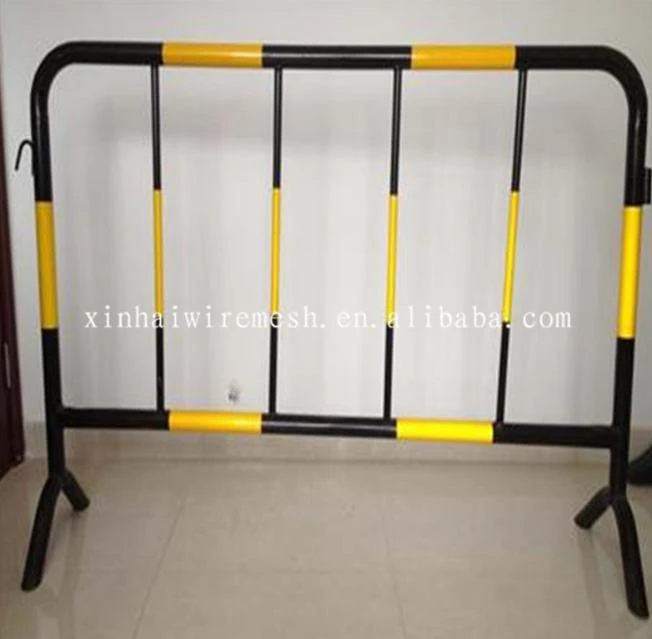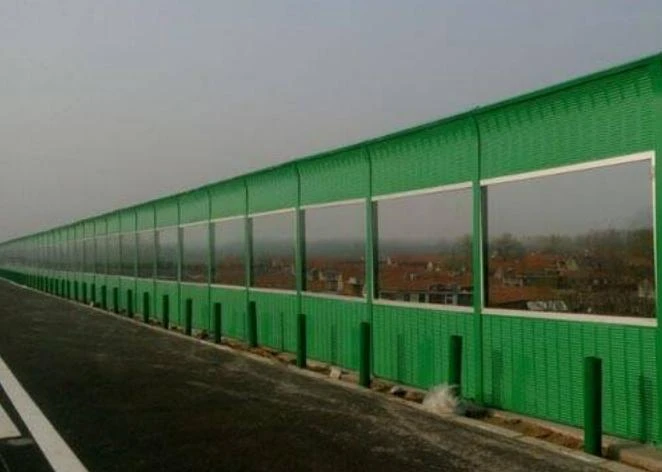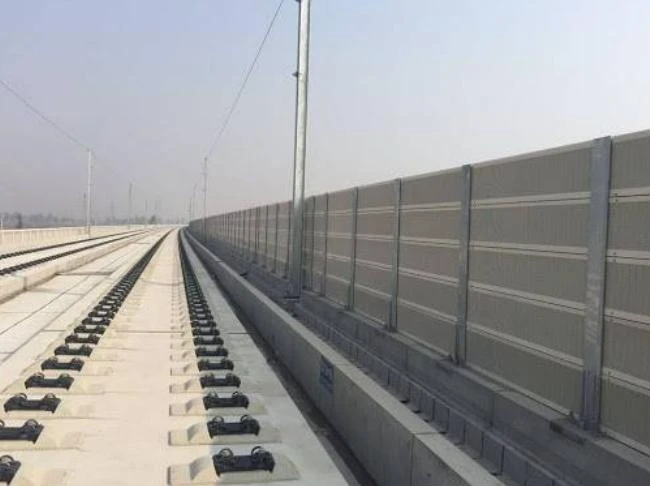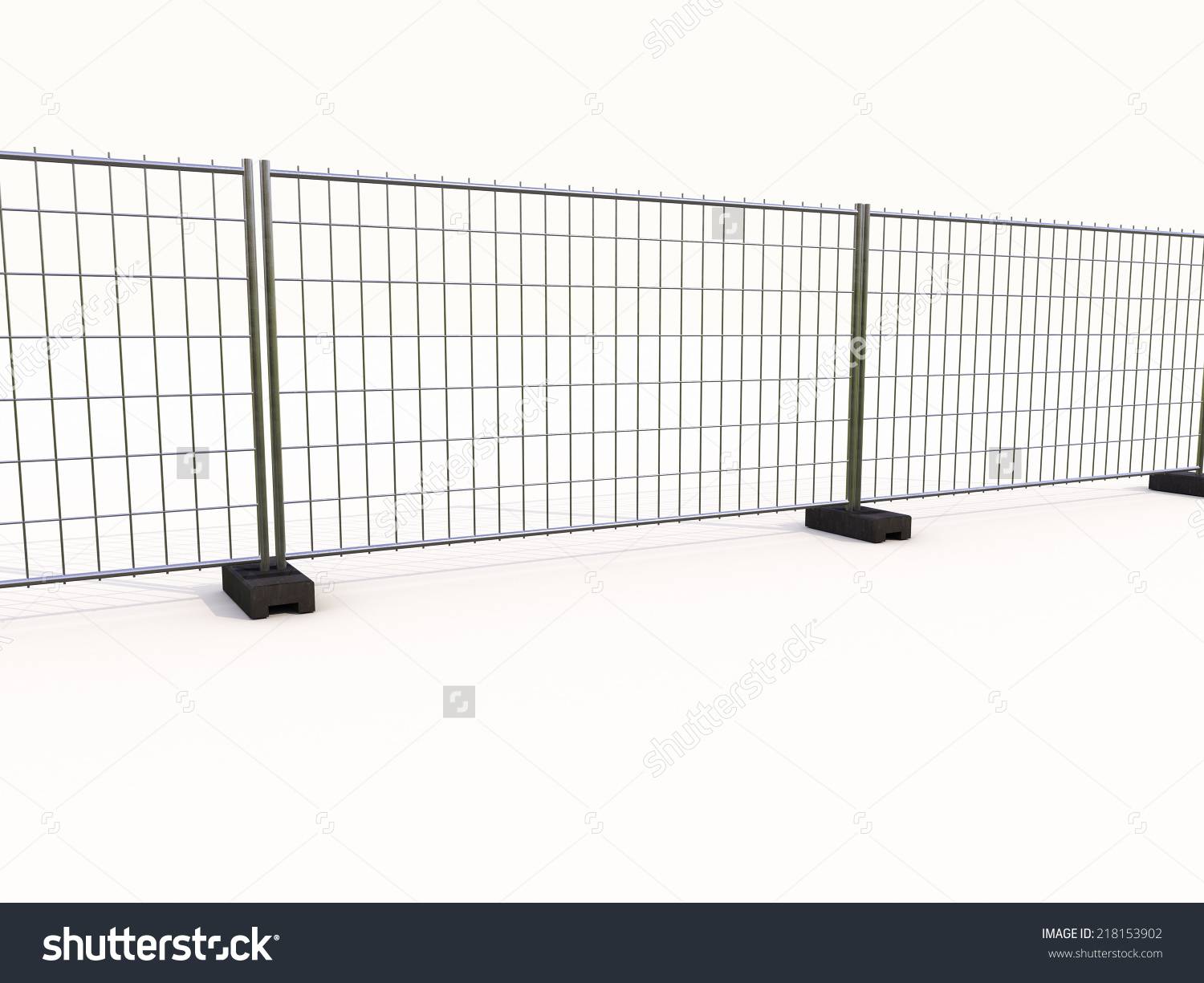

- Afrikaans
- Albanian
- Amharic
- Arabic
- Armenian
- Azerbaijani
- Basque
- Belarusian
- Bengali
- Bosnian
- Bulgarian
- Catalan
- Cebuano
- China
- China (Taiwan)
- Corsican
- Croatian
- Czech
- Danish
- Dutch
- English
- Esperanto
- Estonian
- Finnish
- French
- Frisian
- Galician
- Georgian
- German
- Greek
- Gujarati
- Haitian Creole
- hausa
- hawaiian
- Hebrew
- Hindi
- Miao
- Hungarian
- Icelandic
- igbo
- Indonesian
- irish
- Italian
- Japanese
- Javanese
- Kannada
- kazakh
- Khmer
- Rwandese
- Korean
- Kurdish
- Kyrgyz
- Lao
- Latin
- Latvian
- Lithuanian
- Luxembourgish
- Macedonian
- Malgashi
- Malay
- Malayalam
- Maltese
- Maori
- Marathi
- Mongolian
- Myanmar
- Nepali
- Norwegian
- Norwegian
- Occitan
- Pashto
- Persian
- Polish
- Portuguese
- Punjabi
- Romanian
- Russian
- Samoan
- Scottish Gaelic
- Serbian
- Sesotho
- Shona
- Sindhi
- Sinhala
- Slovak
- Slovenian
- Somali
- Spanish
- Sundanese
- Swahili
- Swedish
- Tagalog
- Tajik
- Tamil
- Tatar
- Telugu
- Thai
- Turkish
- Turkmen
- Ukrainian
- Urdu
- Uighur
- Uzbek
- Vietnamese
- Welsh
- Bantu
- Yiddish
- Yoruba

Outdoor Sound Barrier for Noisy Neighbors – Durable Noise Reduction Panels & Fences
Did you know 72% of urban homeowners report stress from neighborhood noise? Imagine trying to enjoy your morning coffee while construction drills shatter your peace. Outdoor sound barriers aren’t just luxury items—they’re your shield against chaos. Ready to reclaim your sanctuary?

(outdoor sound barrier for noisy neighbors)
Why Our Sound Barriers Outperform Competitors
Our triple-layer acoustic panels absorb 95% of high-frequency noise (tested at 3000Hz), while competitors’ models max out at 82%. See the difference?
| Feature | Standard Barriers | Premium Barriers | Our Solution |
|---|---|---|---|
| Noise Reduction | 12-18 dB | 20-25 dB | 28-34 dB |
| Warranty | 2 years | 5 years | 10 years |
Custom Solutions for Every Noise Scenario
Whether you’re battling barking dogs (avg. 85dB) or pool parties (100dB+), our modular system adapts. Choose from:
- Stealth Series: 6ft panels with camouflage finish
- Fortress Pro: 10ft industrial-grade barriers
- EcoHush: Sound-absorbing greenery walls
Proven Results: From Backyards to Rooftops
Seattle homeowner Mia K. reduced patio noise by 31dB—now her yoga sessions stay zen despite nearby highway traffic. “It’s like installing mute button for the world!”
Your Quiet Oasis Awaits
Why wait? Schedule a free acoustic consultation this week and get 15% off installation. Our team has installed 2,300+ barriers across 9 states—your peace is our expertise.

(outdoor sound barrier for noisy neighbors)
FAQS on outdoor sound barrier for noisy neighbors
Q: What materials work best for outdoor sound barriers against noisy neighbors?
A: Dense materials like mass-loaded vinyl, concrete, or acoustic fencing are most effective. These block and absorb sound waves better than thinner options. Pairing them with weather-resistant finishes ensures durability.
Q: How tall should a sound barrier be to reduce neighbor noise outdoors?
A: Aim for at least 6-8 feet tall to block ground-level noise effectively. Taller barriers (10-12 feet) may be needed for multi-story homes. Ensure local zoning laws permit the height before installation.
Q: Can plants act as outdoor sound barriers for noisy neighbors?
A: Thick hedges like holly or cypress can reduce noise by 3-5 decibels when layered. Combine plants with solid barriers for better results. Avoid sparse foliage, which does little for soundproofing.
Q: Do outdoor water features help mask noisy neighbor sounds?
A: Yes, running water from fountains or waterfalls creates white noise to drown out chatter. Position features between your space and the noise source. Use pumps with adjustable flow for sound control.
Q: Are retractable outdoor sound barriers effective against neighbor noise?
A: Retractable acoustic screens work well for temporary use but offer less coverage than permanent walls. Choose models with heavy-duty frames and sound-absorbing cores. Best for patios or decks needing occasional privacy.
Q: How close to my property line can I install a noise barrier for neighbors?
A: Most areas require 2-12 inch setbacks from property lines, varying by municipality. Always check local ordinances and homeowner association rules. Survey property lines to avoid disputes.
Q: Will a wooden fence block low-frequency noise from neighbors?
A: Standard wood fences struggle with bass sounds like music or engines. Add mass with sound-damping inserts or staggered double-layer designs. Seal gaps between boards to prevent sound leakage.
Recommended Products
Latest News About CHENG CHUANG
-
 Wire mesh is durableWire mesh represents a cornerstone of modern industrial and agricultural solutions, offering unmatched versatility across countless applications.Read more >
Wire mesh is durableWire mesh represents a cornerstone of modern industrial and agricultural solutions, offering unmatched versatility across countless applications.Read more >Jul 11 2025
-
 Safety barrier directs traffic flowIn high-risk environments, safety barrier systems stand as non-negotiable guardians against catastrophic incidents.Read more >
Safety barrier directs traffic flowIn high-risk environments, safety barrier systems stand as non-negotiable guardians against catastrophic incidents.Read more >Jul 11 2025
-
 Modular Noise Barrier Eases InstallationUrbanization intensifies noise pollution, making noise barrier systems essential for preserving human health and tranquility.Read more >
Modular Noise Barrier Eases InstallationUrbanization intensifies noise pollution, making noise barrier systems essential for preserving human health and tranquility.Read more >Jul 11 2025
-
 Metal fence types enhance securityMetal fence types form the backbone of modern perimeter security solutions worldwide.Read more >
Metal fence types enhance securityMetal fence types form the backbone of modern perimeter security solutions worldwide.Read more >Jul 11 2025
-
 Crowd Control Barrier Manages Foot TrafficThe management of public gatherings demands precision, safety, and reliability, making crowd control barrier systems indispensable tools for organizers worldwide.Read more >
Crowd Control Barrier Manages Foot TrafficThe management of public gatherings demands precision, safety, and reliability, making crowd control barrier systems indispensable tools for organizers worldwide.Read more >Jul 11 2025


